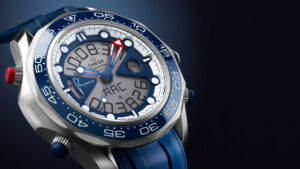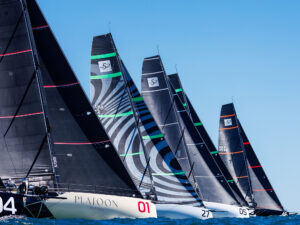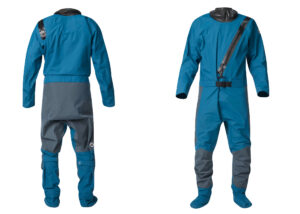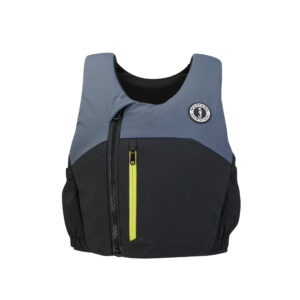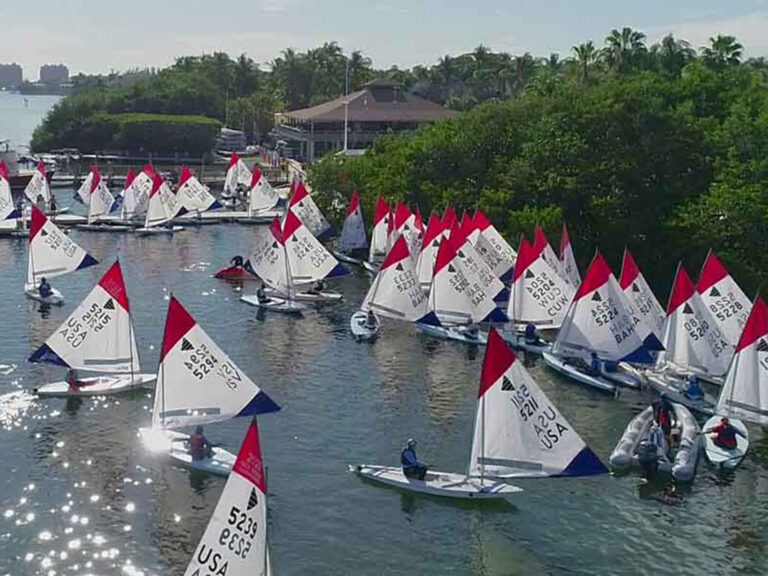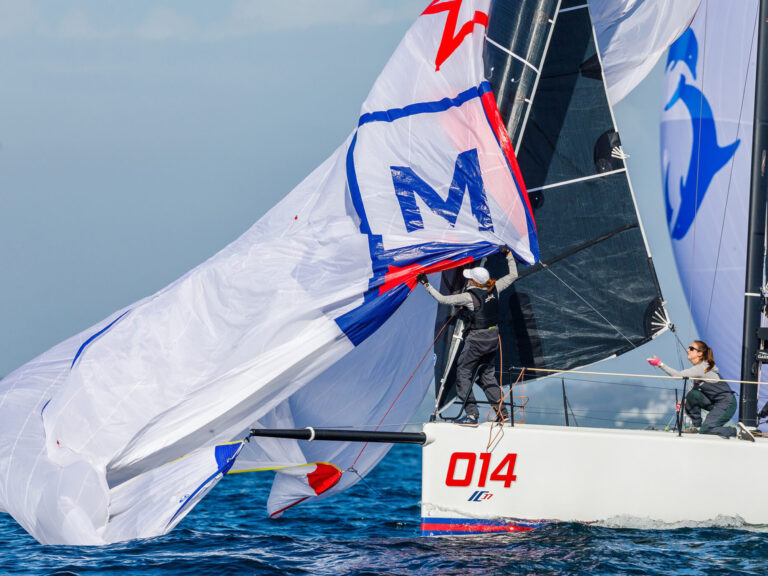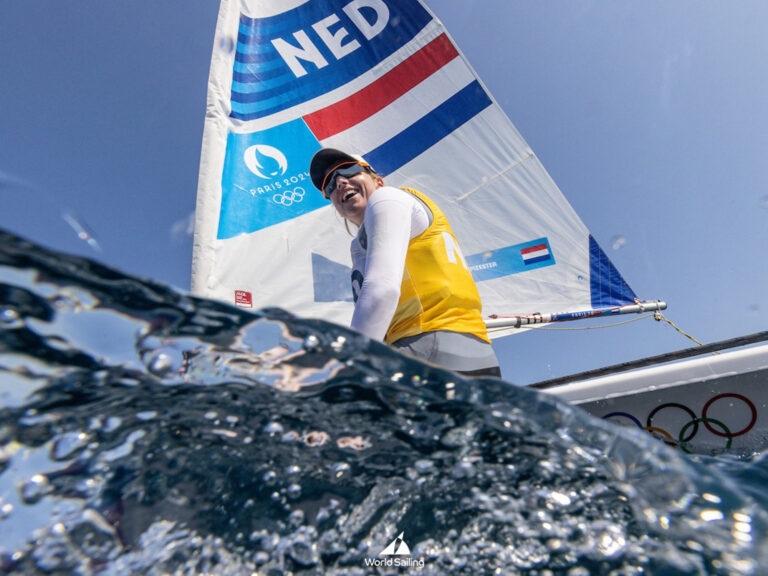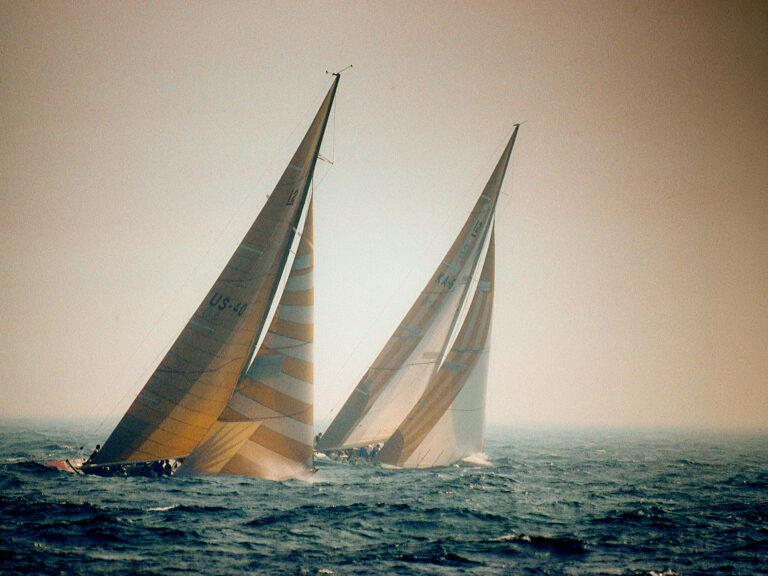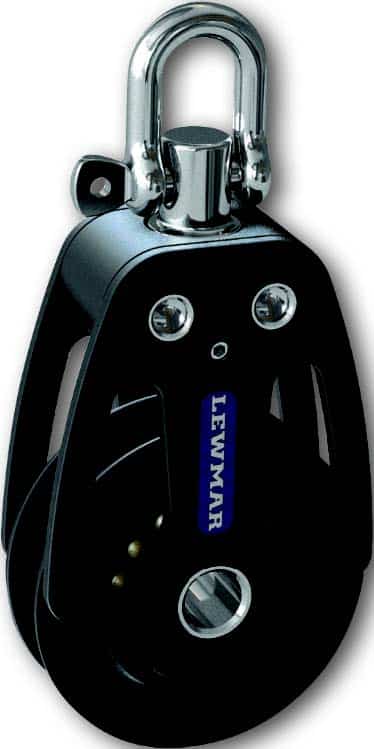
Lewmar
During a visit to the London International Boatshow in January, an excursion had me searching England’s south coast for the facilities of both Lewmar and Tacktick, two English companies that are ramping up their respective production lines and bringing new offerings to racers.
Lewmar has taken a hit in the racing market over the past few years, but they have new management and are redoubling their efforts to deliver reliable gear for midsize and custom raceboats (as well as superyachts).
Following the launch of their Evo winch range, they’ve kicked off their 2011 debuts with the HTX block series. While others are turning to plastics, they’re sticking with metals. To deliver what they claim is a reliable and durable block, they’ve integrated a few traits from their higher-end Racing range. Broken down into individual parts, you’ve got alloy cheeks, a stainless-steel swivel head with a locking mechanism, side-load bearings, and a generous sheave design to accommodate large-diameter lines. The range will be available this spring in 50-, 60-, 72-, and 90-mm sheaves, as single, doubles, triples, single with becket, and single fiddle.
Also part of the HTX range is a new traveler system, a first for Lewmar using a captive ball car. The car has two ball races: one for the track, and a second, built into the top of the car, to deal with high-load deflection. The car can be easily removed and tended to without fear of hearing the pitter-patter of balls on the cockpit floor. The travelers, too, will be available in the spring.
Just around the corner from Lewmar resides the epicenter of Tacktick, the big player in wireless race electronics. Suunto now owns the company, and I’m told they are pushing their wireless offerings deeper into more technical territory, tackling issues that have prevented them from breaking into the big-boat race electronic market.
They have exciting things in the works, and their new Maxi range is designed for the club racer on up. For technophopic tacticians out there, they’ve got good news with the Maxi. Tacktick engineers developed what they call “Airflow Software,” which is essentially built-in correction software that accounts for such things as upwash and heel errors, which affect the accuracy of wind readings. Ultra high-end systems have sophisticated means of dealing with this, but the Airflow software allows the user to fine-tune the system without a complex calibration process.
I also got a sneak peak at one other interesting concept in the works: a prototype watch-based display that could show any output in the wireless system. It’s not anywhere near ready for prime time, but it’s an excellent idea for rail-bound crew or trimmers who want to stay in touch with the numbers.
At the boatshow, I got a firsthand look at Henri Lloyd’s cool new Shockwave range, great looking foul weather gear with an internal padding system. Jackets, salopettes, and shorts in the Shockwave system have internal pockets that accommodate “Deck Armour” silicone inserts, flexible and breathable mesh panels that provide impact protection at the knee, seat and stomach areas. Less pain, longer hiking—I like it. And following on the popularity of clear side panels in the hood, used in other Henri Lloyd jackets, they’ve also incorporated watch and course panels into the sleeves and thigh pockets of all the Shockwave offerings.

